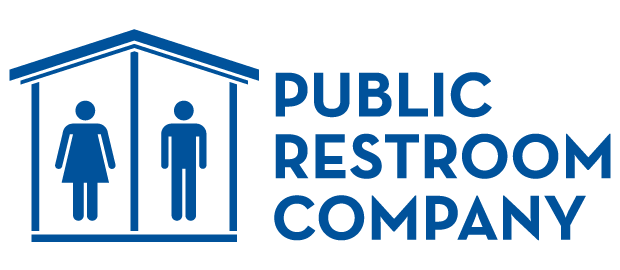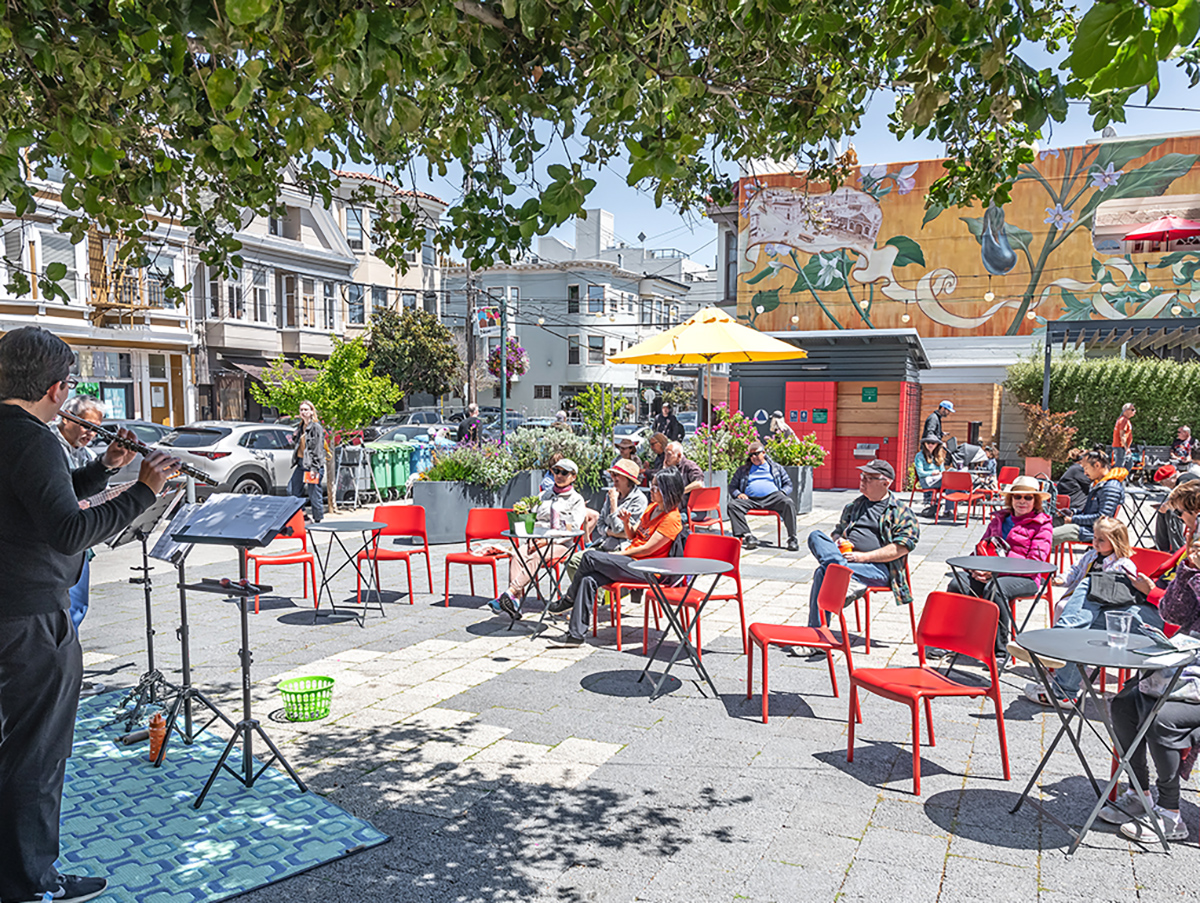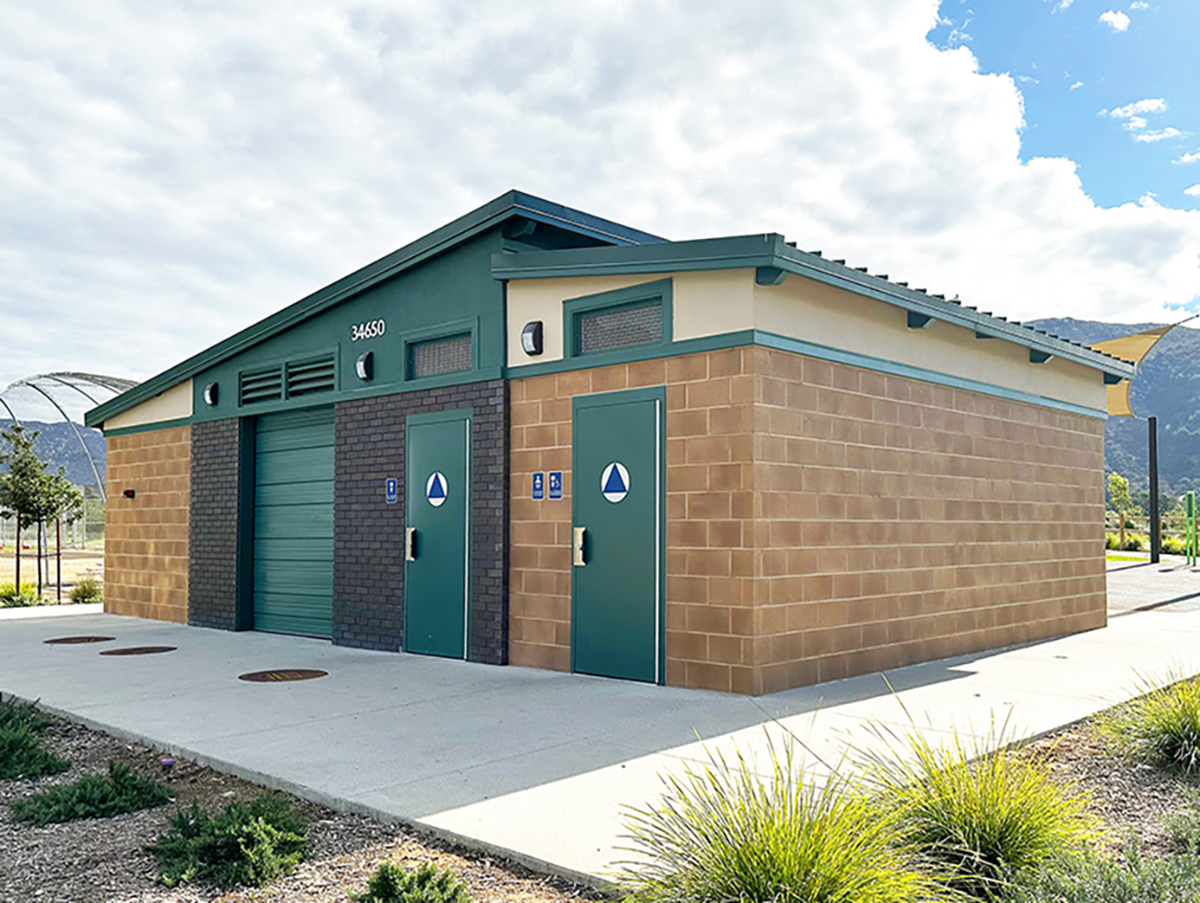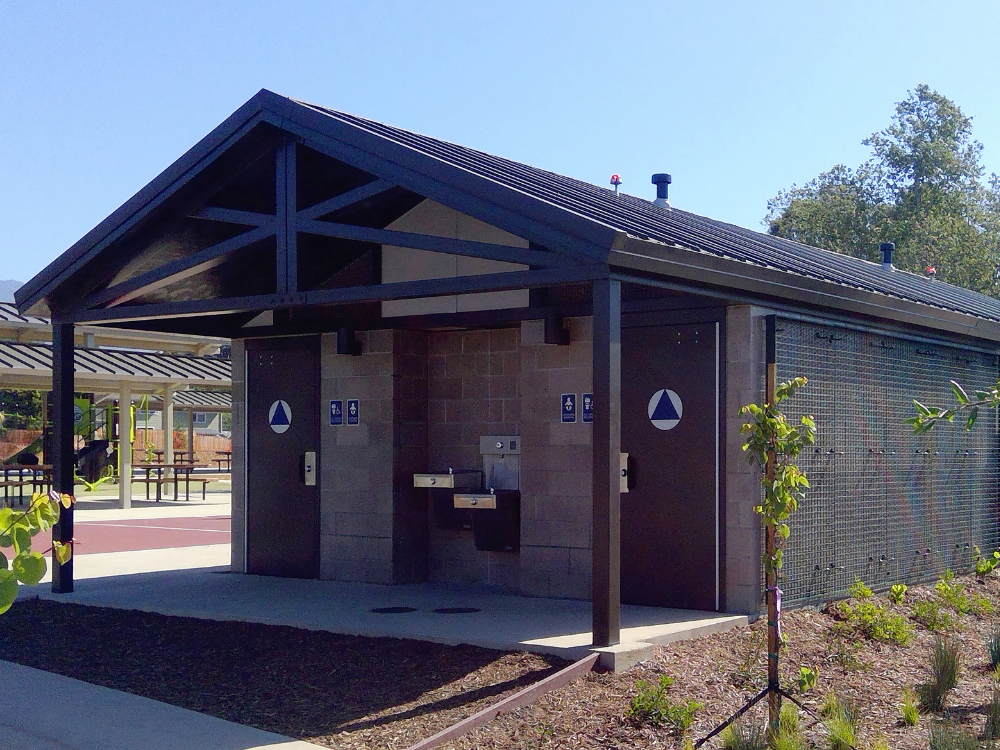
Eco-Friendly Restroom Design: A Smart Choice for Parks
Designing a great park isn’t just about open spaces and walking trails. It’s about creating an environment that serves a diverse array of visitors. A crucial, but often overlooked, part of that is eco-friendly restroom design. Additionally, ensure your park is designed with sustainable, eco-friendly features that help conserve resources and improve the surrounding environment (rather than detract from it). The right choices can make park restrooms more inviting, reduce maintenance, and help conserve resources all at the same time.
Here are a few tips on how to incorporate eco-friendly restroom design features. Use these tips to create a building that blends into the landscape, saves resources, and improves the overall visitor experience.
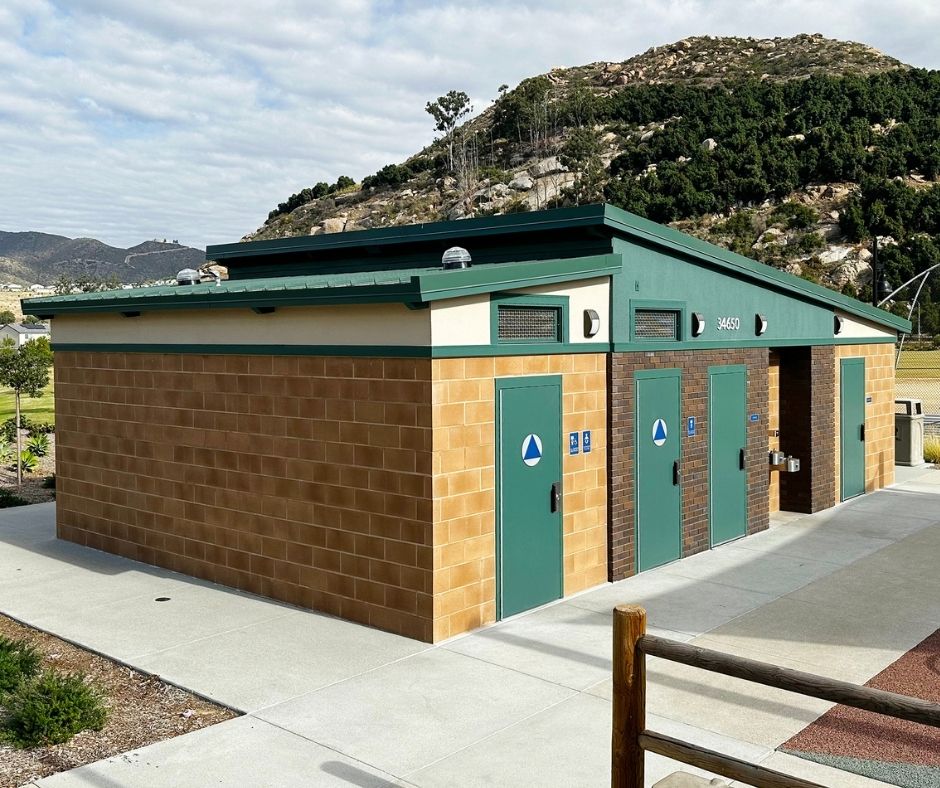
Save Energy Without Compromise
Eco-friendly restrooms don’t just help the planet—they can also reduce operational costs and improve efficiency.
Use Natural and Smart Lighting
Why use artificial lighting when you can take advantage of the sun? Skylights (Solatubes), vent screens, and additional windows utilize natural light. This is a key aspect of eco-friendly restroom design as it reduces the need for electricity during the day as seen here at Willow Grove Park in San Diego County. When lighting is required, LED fixtures are always the best choice—they use 75% less energy than incandescent bulbs reducing electricity costs and last much longer to help reduce routine maintenance.
Ever heard of light pollution? By installing dark sky-friendly LED exterior light fixtures, the light is directed downward and away from the sky. This helps to minimize this issue, while still providing adequate illumination for guests to use the restrooms safely.
To take it a step further, install motion sensors inside the restroom so lights only turn on when guests are using the facility. Exterior lights should also be controlled by photo cell sensors that turn them on at dusk and off at dawn.
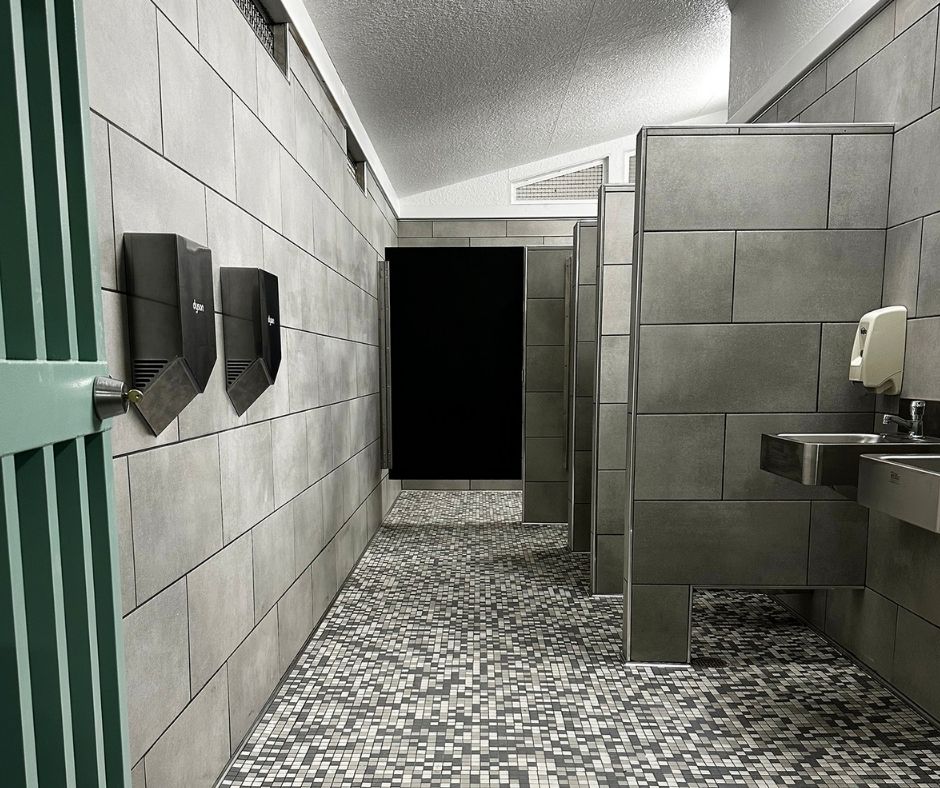
Cut Waste and Maintenance with Smart Choices
Paper towels may be convenient, but they create unnecessary waste and require frequent restocking. High-efficiency hand dryers are a more sustainable alternative. They reduce paper waste while keeping restrooms cleaner, and creating an eco-friendly restroom design. No more overflowing trash bins or paper towels littering the floor means less maintenance and a better experience for visitors. Look at how nice these Dyson hand dryers keep this restroom looking at Franklin D. Roosevelt Park in Los Angeles, CA.
Reduce Water Waste
Restrooms account for a significant portion of a park’s water use. Installing low-flow toilets and urinals (1.5 gallons per flush or less) can greatly reduce water consumption. Metered sink faucets that automatically shut off after a few seconds help prevent water from running unnecessarily, which can save thousands of gallons of water per year.
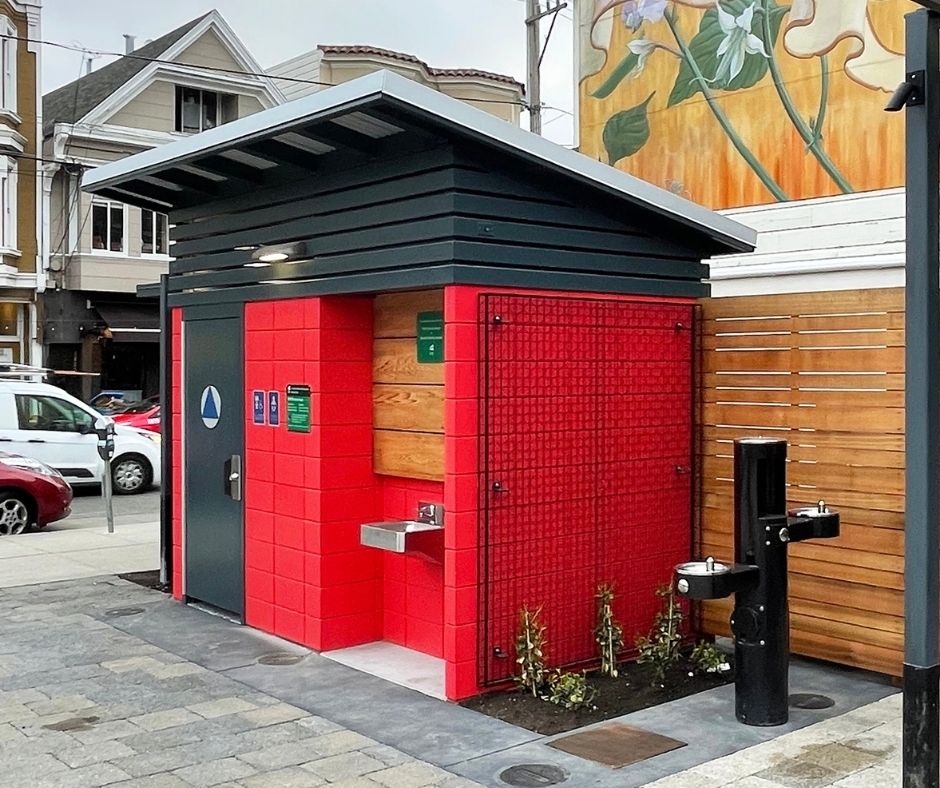
Make Restrooms a Natural Fit
Parks should feel like a nature retreat, and restroom buildings should complement the surroundings, not clash with them. One simple way to do this is by adding green screens or trellises with climbing plants to the exterior. Not only does this create a more natural look, but it also helps deter graffiti and vandalism—especially in urban settings, as seen here with the trellis on the exterior of the restroom in Noe Valley Town Square located in San Francisco, CA.
Using materials like wood or stone can further enhance the building’s aesthetics while making the facility feel like an intentional part of the park, rather than just a necessity.
Sustainable Restrooms, Better Parks
A well-designed restroom is more than just a necessity—it enhances the entire park experience. Thoughtful design choices, from blending with nature to using energy-efficient fixtures, make restrooms more sustainable and easier to maintain.
Communities that prioritize sustainability and invest in eco-friendly restroom solutions can help parks remain welcoming, beautiful, and environmentally responsible for years to come.
